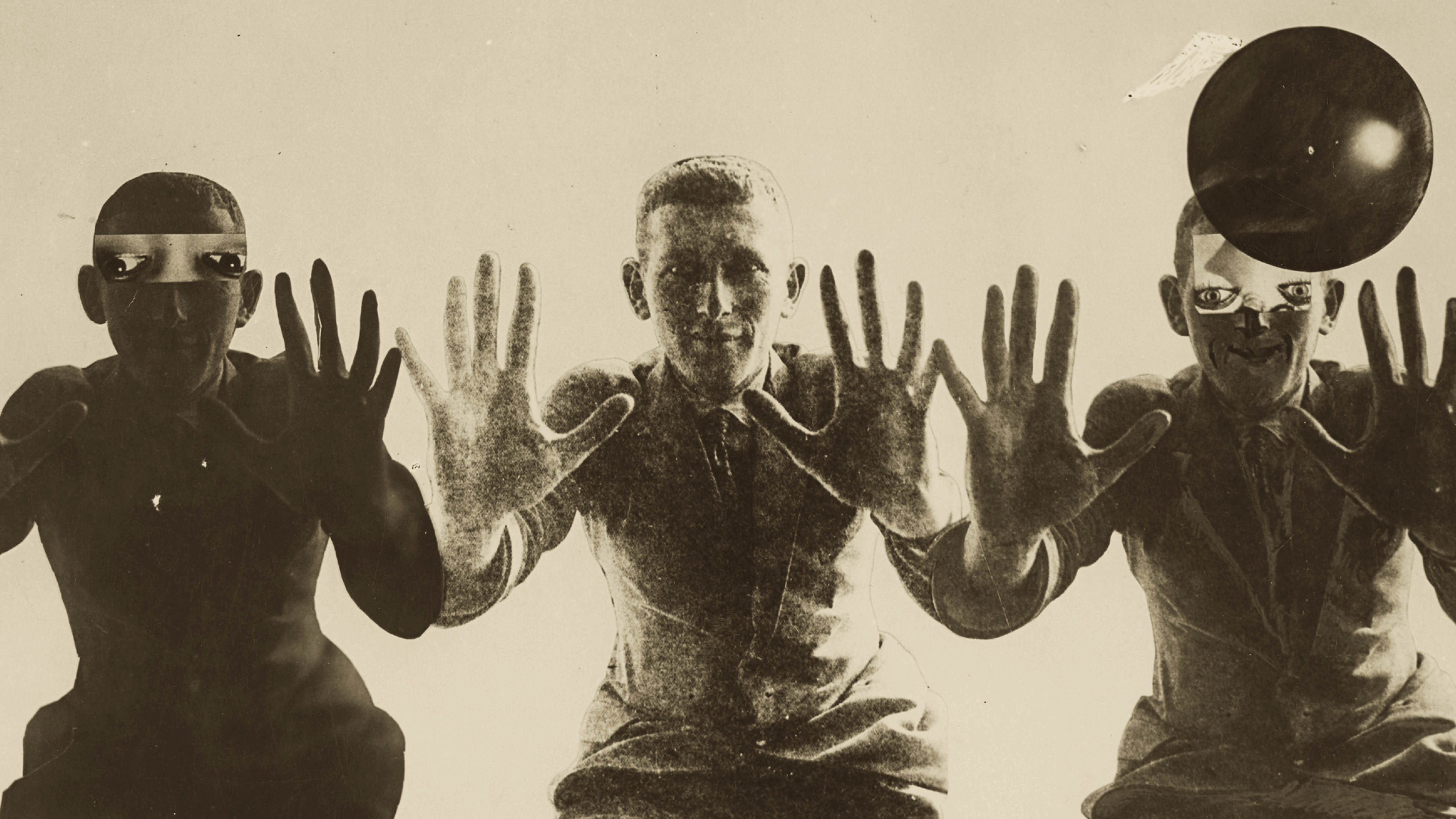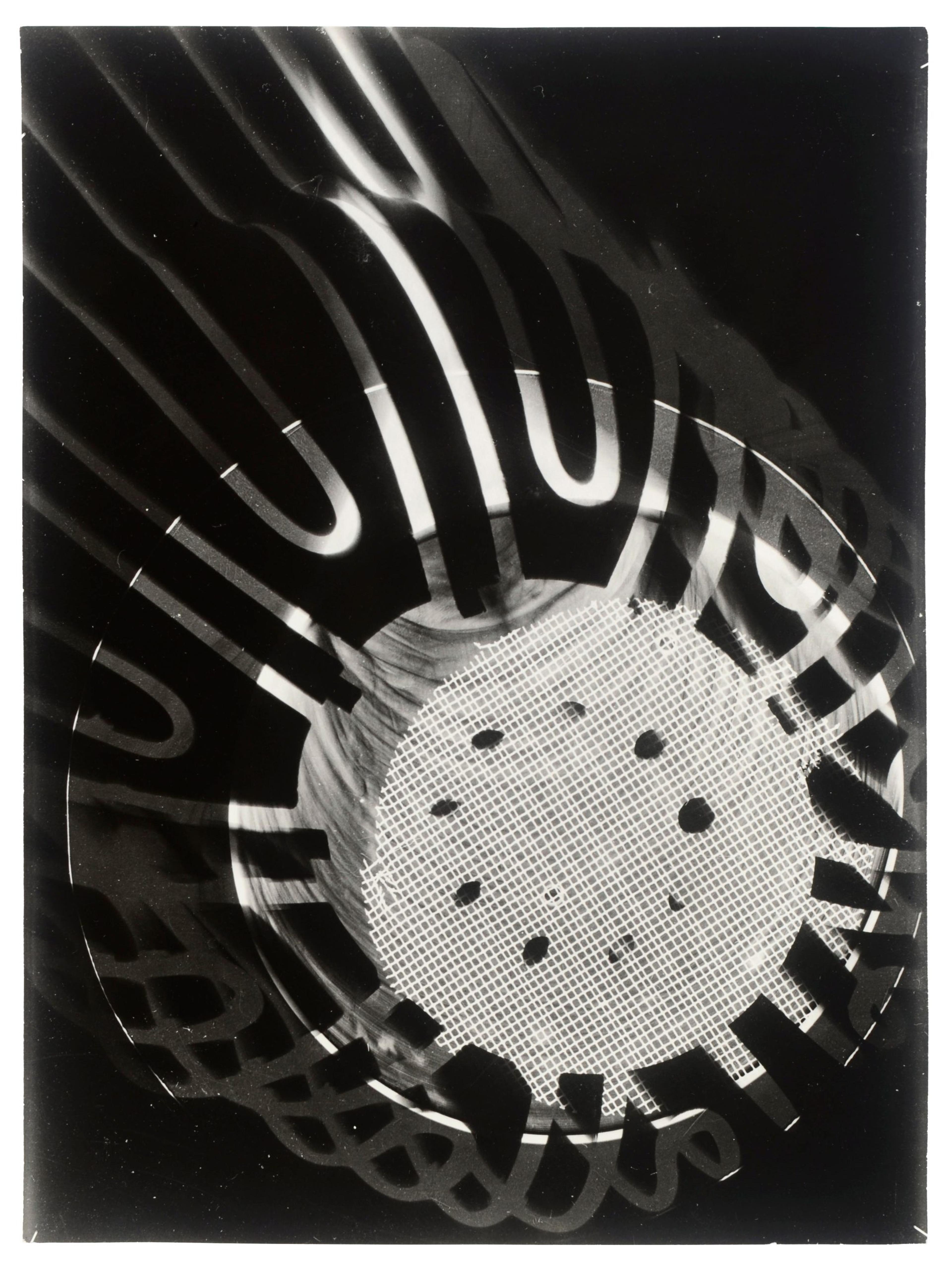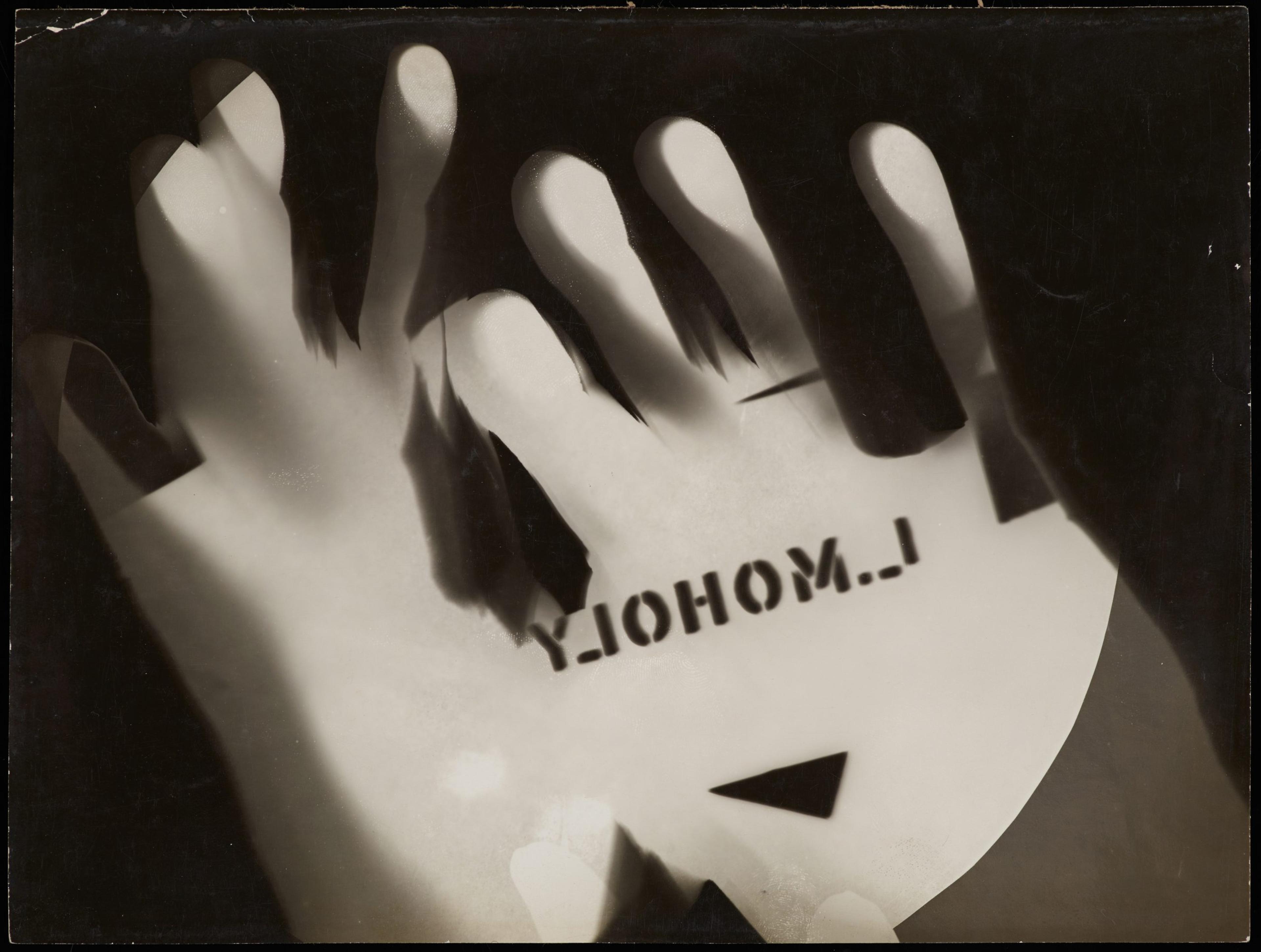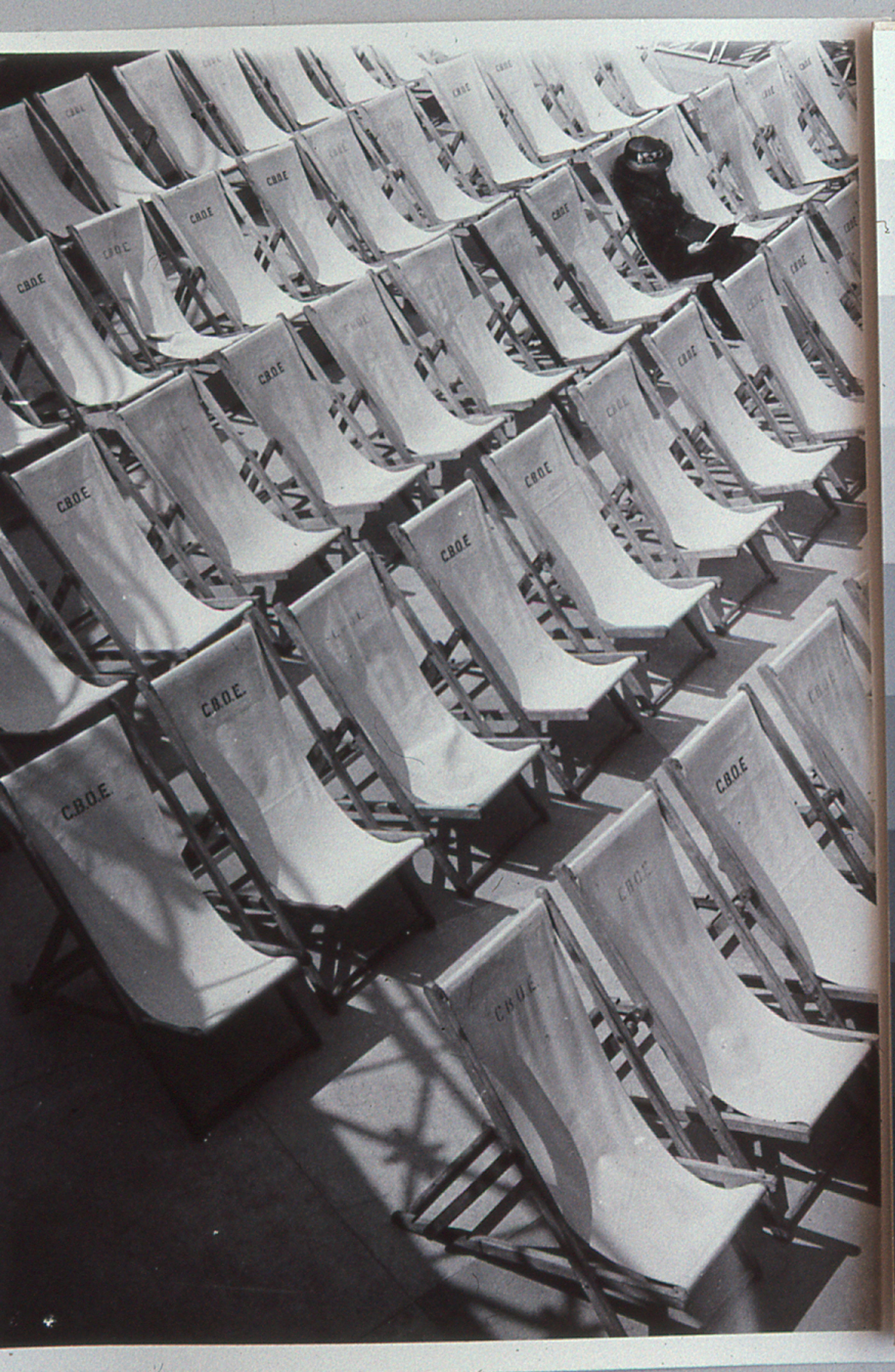László Moholy-Nagy
Light Play

Conceived and organized in collaboration with the artist’s estate, László Moholy-Nagy’s Fotografiska survey devoted to photography and film aims to offer new insight into the legendary multidisciplinary artist’s life and practice.

The Moholy-Nagy Foundation
In collaboration with The Moholy-Nagy Foundation, Fotografiska Stockholm is pleased to present Light Play, an exhibition devoted to the photography and film practice of pioneering multidisciplinary artist László Moholy-Nagy (1895-1946). From formal experimentation to personal documentation, the 68 works in the show (including photography, photograms, photomontage, and moving image) collectively illuminate a novel side of an artist whose institutional spotlight has historically centered on painting, sculpture, and design.
“Modern technology and change” “Primarily known as a painter, we want to shed new light on Moholy-Nagy as an image-making pioneer in his use of the camera as a new instrument of vision,” said Jessica Jarl, Director of Global Exhibitions at Fotografiska. “With an interest in modern technology and change, Moholy-Nagy experimented with photography, darkroom processes, and editing. The way he captured lines, shapes, and light broke new ground in the early twentieth century.”
68 works
Light Play brings together 68 works from negatives created between 1922 and 1945, including Moholy-Nagy’s earliest experiments with photomontage (“photoplastics,” as he called them); photograms (images made without a camera, instead via direct light exposure to photosensitive paper); personal images taken during travels in Europe and the United States; late-career color photographs (including rare images of Moholy-Nagy himself, and never-exhibited photographs of his own sculptures); and two films.
“Moholy-Nagy would have been very excited to present his work in one of the most forward-thinking photography museums, and we are particularly excited in recreating and presenting large format prints Moholy-Nagy originally envisioned nearly one hundred years ago, few of which have survived to today.”, said Daniel Hug, who is Moholy-Nagy’s grandson and the director of Art Cologne.
A well-represented body of work in the show is what Moholy-Nagy referred to as “photoplastics:” photographs of collage-like compositions that offer social commentary, finely oscillating between the dark and the cheeky, through the integration of found imagery. Created in the 1920s, the tone of these photomontages shows the lasting influence of Dada in his practice. Basic geometric forms, especially the circle, often appear as frameworks for the photoplastics’ constituent arrangements; one such example is Olly and Dolly Sisters (1925).


minimalist compositions
Viewed as a set, these minimalist compositions generate an excess of meaning through just newspaper images, photos, and a few drawn lines.
Another series represented in the show, Moholy-Nagy’s photograms, reveals body parts like hands and the artist’s own profile; these compositions fit less tidily into geometric theory, instead prioritizing studies of light. Light was a career-long preoccupation of Moholy-Nagy, who in 1944 reflected that his aim was to “paint with light.” With the photogram—wherein objects are “painted” on light-sensitive paper by a light source and the casting of shadows— Moholy-Nagy created photographic images without a camera, through pure manipulation of light and shadow.
Light Play
Light Play is able to offer a uniquely expansive portrait of the artist because its curatorial premise is constrained only by medium; an organized survey of the entire range of Moholy-Nagy’s photographic work, edited down to the best examples of each category. Further, the curators worked closely with the artist’s estate to design unique staging opportunities that align with Moholy-Nagy’s experimental approach to lighting and form, such as custom lighting setups for the photographs and large-scale projection mapped environments for the films.
Hattula Moholy-Nagy, the artist’s daughter: “The Estate is delighted with Fotografiska’s colorful staging of the exhibition. We are also glad to see the wide range of works shown, especially the inclusion of his later color photographs and other rare images.”